Refractive Error Measurement:
The primary function of an auto refractometer is to measure the refractive error of the eyes, including nearsightedness (myopia), farsightedness (hyperopia), and astigmatism.
It provides objective measurements without relying on subjective feedback from the patient.
Automated Process:
The auto refractometer automates the measurement process, reducing the reliance on manual input and improving the speed and efficiency of eye examinations.
It utilizes advanced optics and technology to determine the precise power of lenses needed for optimal vision correction.
Quick and Non-Invasive:
The measurement with an auto refractometer is quick, typically taking only a few seconds for each eye.
The process is non-invasive and does not require the use of eye drops or any physical contact with the eyes.
Objective Refraction:
Unlike subjective refraction, where a patient provides feedback on lens preferences, an auto refractometer provides objective measurements based on the eye’s response to incoming light.
Accurate Results:
Auto refractometers are designed to provide highly accurate and repeatable measurements, helping eye care professionals make informed decisions about the patient’s prescription.
Cycloplegic Refraction:
Some advanced models have the capability to perform cycloplegic refraction, which involves using eye drops to temporarily paralyze the ciliary muscles, providing a more accurate measurement in certain cases, especially in pediatric patients.
Integration with Other Devices:
Many auto refractometers can be integrated with other ophthalmic devices, such as phoropters and lensometers, streamlining the entire eye examination process.
Adjustable Settings:
Eye care professionals can adjust various settings on the auto refractometer, such as the measurement speed, target type, and fixation target, to accommodate different patient needs.
Printable Results:
The instrument often provides a printout of the refractive measurements, allowing practitioners to document the results in the patient’s records.
User-Friendly Interface:
Auto refractometers typically feature a user-friendly interface with a digital display and touchscreen controls, making them easy to operate for eye care professionals.
Maintenance:
Regular maintenance is required to ensure the accuracy and reliability of the instrument. This may include calibrations and periodic checks of optical components.

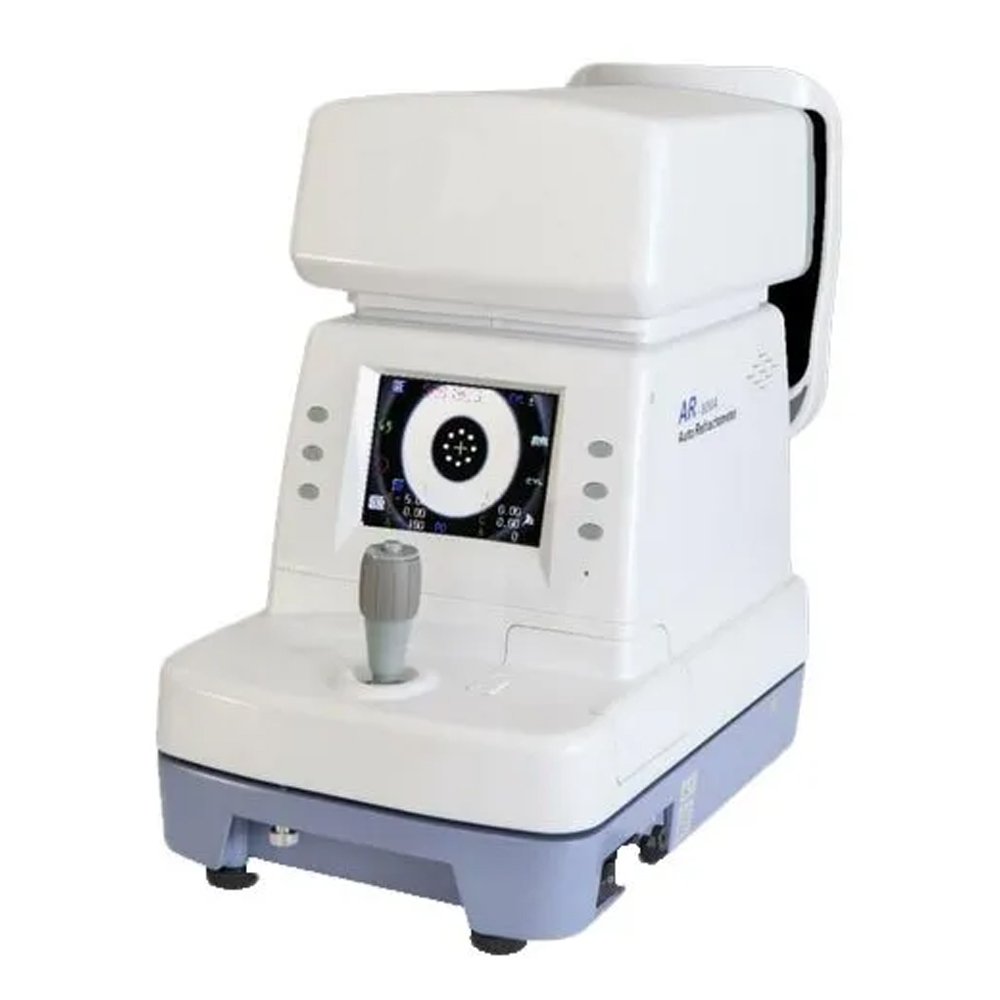
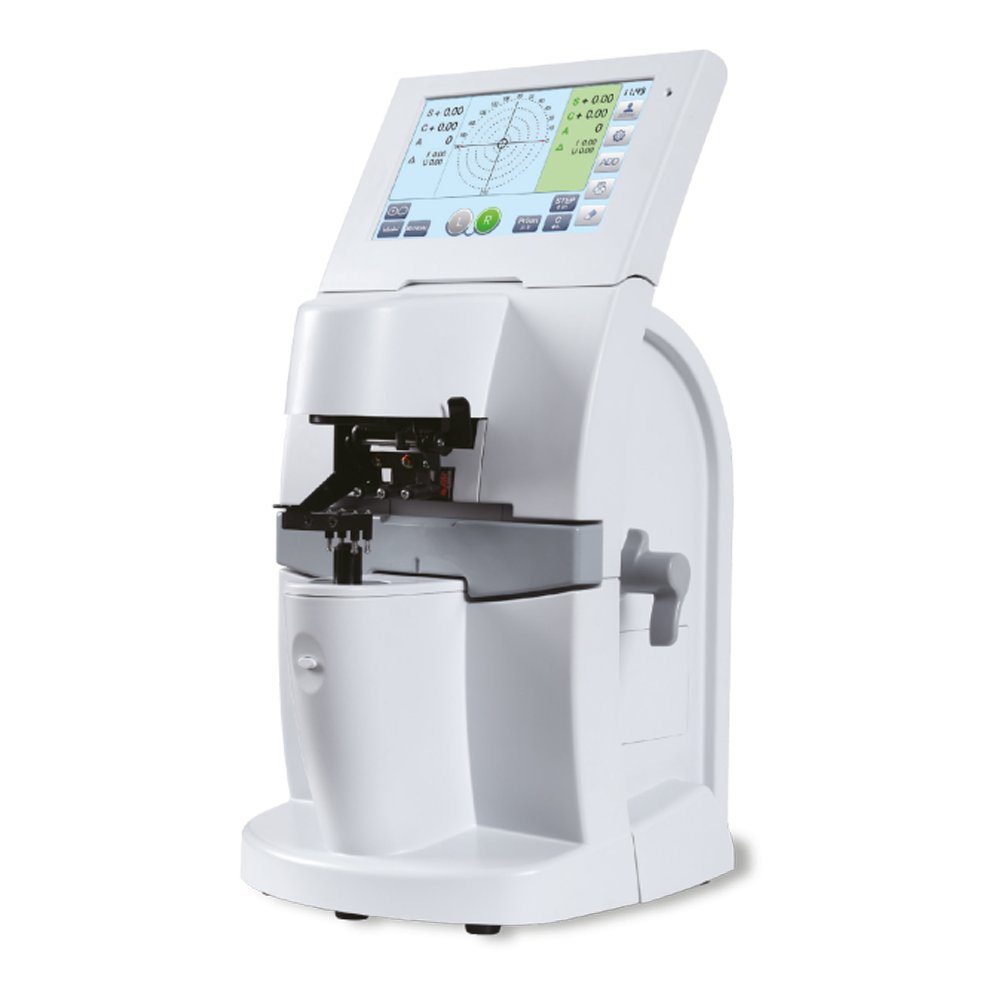
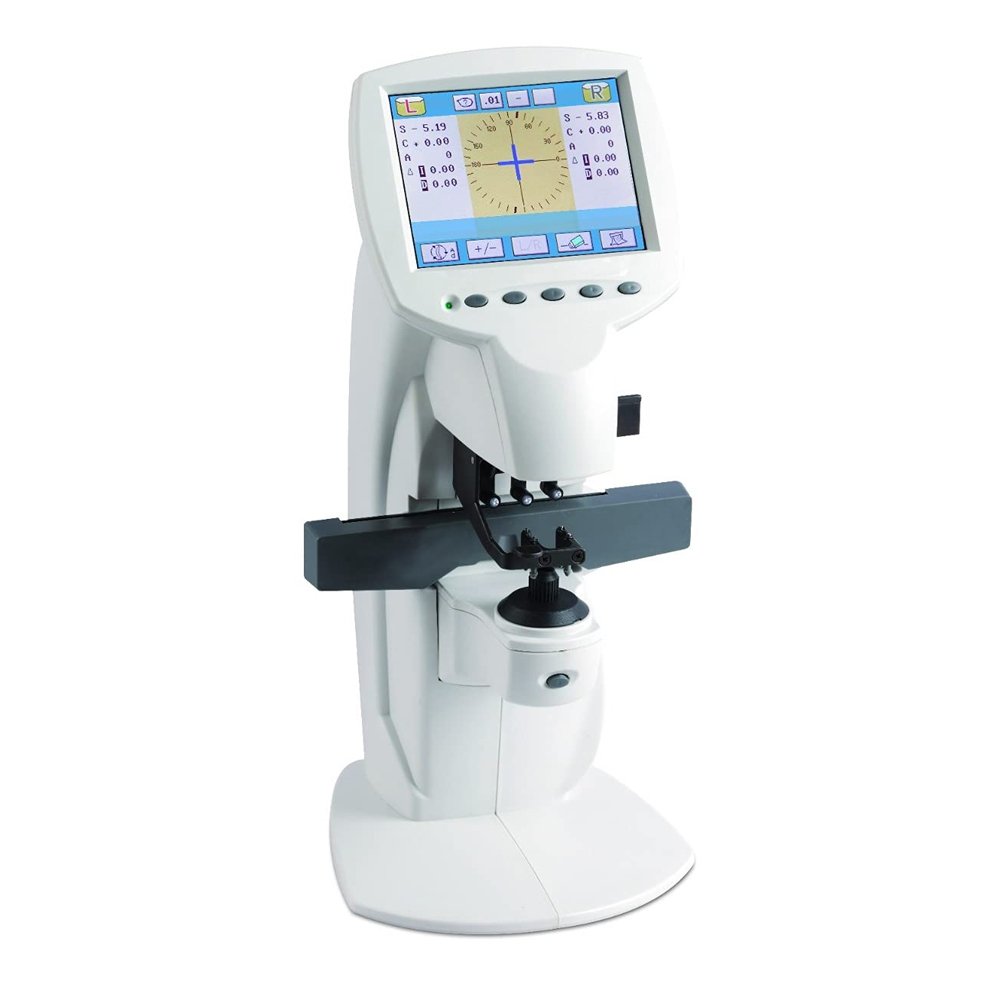
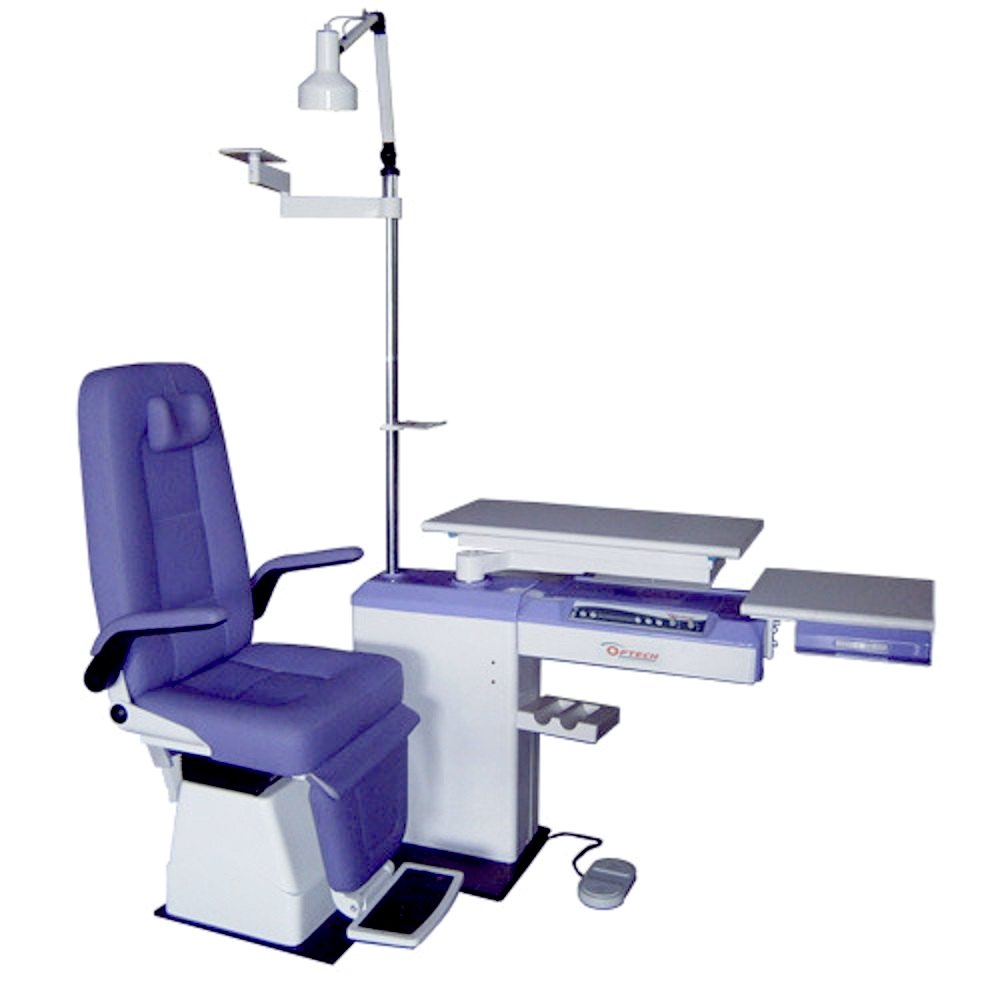
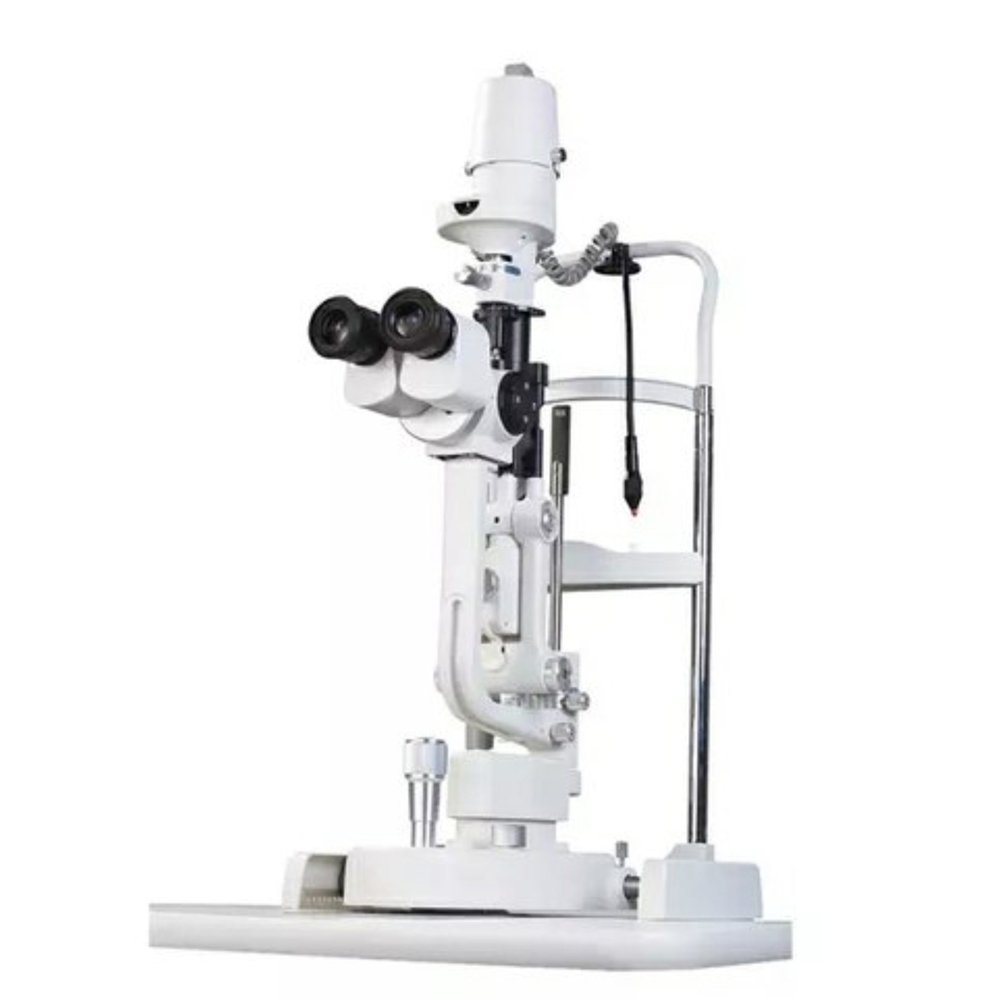
Reviews
There are no reviews yet.